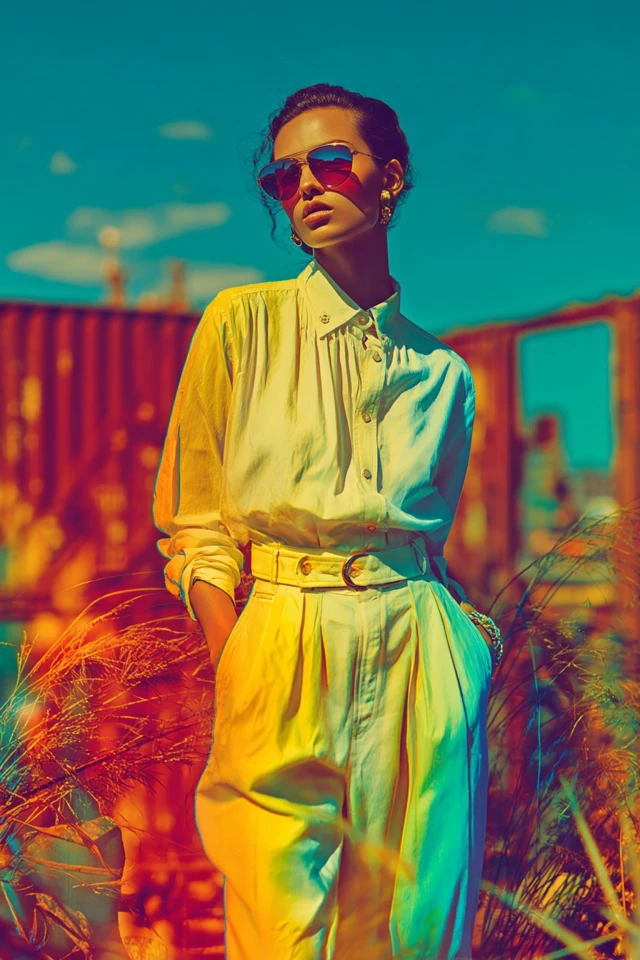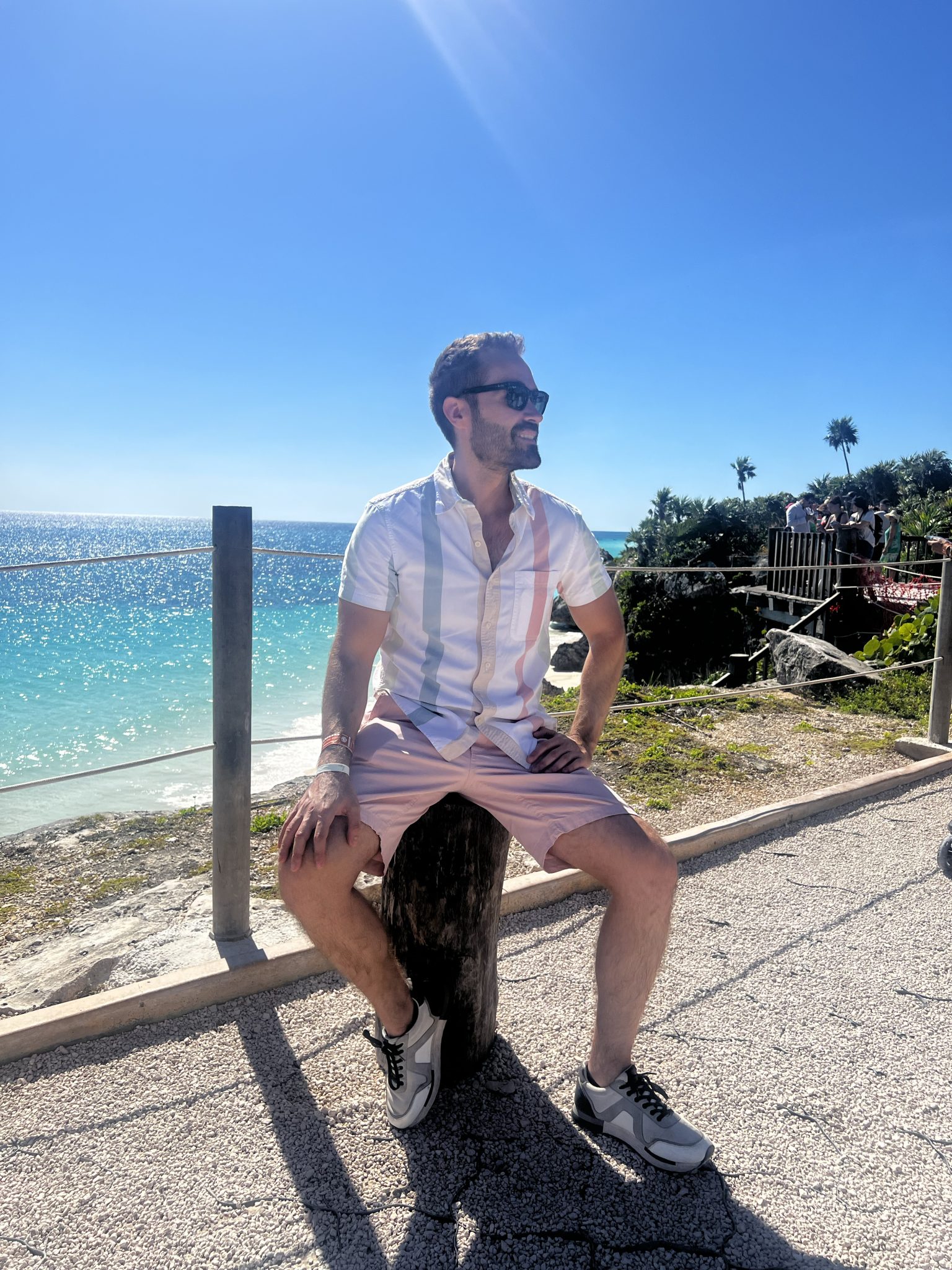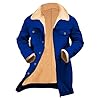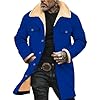Introduction
There’s a quiet thrill I feel every time I discover a perfectly worn-in denim jacket or a pair of rugged leather boots tucked away in a vintage shop. That moment—the discovery, the touch of history in soft, faded fabric, and the story stitched in every seam—always makes me pause and reflect. Vintage workwear isn’t just about clothing; it’s a connection to craftsmanship, utility, and a resilient style heritage that still speaks volumes today. It’s as if these garments carry the grit and grace of generations, inviting us to embody their spirit in our modern wardrobe.
What fascinates me most is how vintage workwear transcends mere nostalgia. It is a powerful style option that offers timeless utility blended with aesthetics shaped by decades of wear and adaptation. As a fashion professional deeply versed in color psychology and trend evolution, I see vintage workwear as a tool—not just for looking good but for enhancing one’s confidence and presence. When you put on a sturdy chore jacket or classic chambray shirt, you’re donning more than fabric; you’re putting on strength and authenticity.
About the Author and My Trend Boutique
This post is designed to be your comprehensive guide to vintage workwear inspiration, intertwining style history, practical advice, and psychological insights. Whether you’re a seasoned fashion lover seeking to refresh your look or just stepping into the world of sustainable style, understanding how to wear, combine, and appreciate vintage workwear can transform your closet and your self-expression. Let’s explore why this genre of fashion matters—and how it can elevate your style narrative today.
Foundational Concepts
To truly appreciate vintage workwear, we need to start with some foundational ideas that touch on not only fashion but human perception and behavior.
Color Psychology
Colors do more than decorate our outfits; they communicate messages and trigger emotional responses subconsciously. Research in color psychology has shown how certain hues can evoke trust, calmness, or even assertiveness. For instance, blues and earthy browns—common in workwear—promote a sense of reliability and groundedness, enhancing how others perceive you in social and professional settings.
In my own experience working with clients, I’ve noticed that integrating warm neutrals and durable fabrics reminiscent of vintage workwear instantly uplifts confidence levels because these tones relate to stability and approachability. When paired with deliberate styling, these colors help align your outward appearance with the inner strength you want to project.
Trend Forecasting
While vintage workwear leans heavily on timelessness, it also interacts dynamically with contemporary fashion trends. Forecasting helps us predict which elements—whether it’s a particular silhouette, fabric choice, or accessory style—will resonate with consumers in upcoming seasons. By understanding cyclical patterns, fashion professionals can recommend mixing vintage classics with subtle modern touches to keep looks fresh and relevant.
Trend forecasting is less about blind following and more about strategic adaptation. For example, the resurgence of workwear-inspired details like oversized pockets and rugged stitching demonstrates society’s growing affection for practicality blended with style—a trend perfectly embodied by vintage pieces.
Dressing to Impress
Dressing to impress isn’t about vanity; it’s about harnessing style as effective communication. The way you dress influences first impressions and ongoing interactions. When you draw inspiration from vintage workwear, you tap into a narrative of durability, authenticity, and thoughtful craftsmanship. This is particularly impactful in professional and creative worlds where personal branding hinges on credibility and uniqueness.
Wearing vintage workwear sends a subtle yet powerful signal that you value heritage and quality—traits that many admire and associate with competence. My PhD research on color and fabric choice revealed that individuals who thoughtfully combine vintage and contemporary pieces are often perceived as more confident, original, and approachable.
Picture Gallery
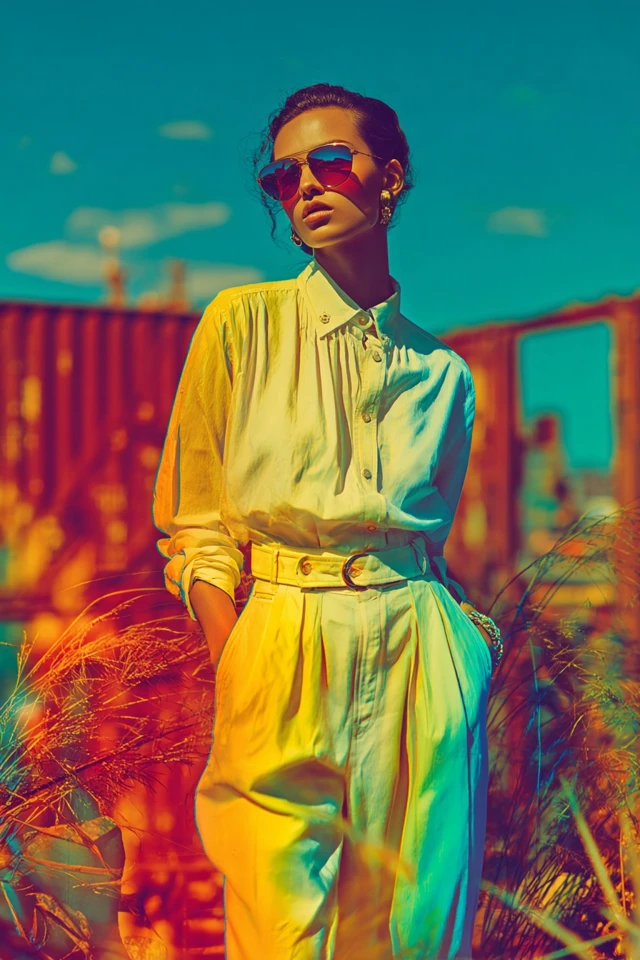
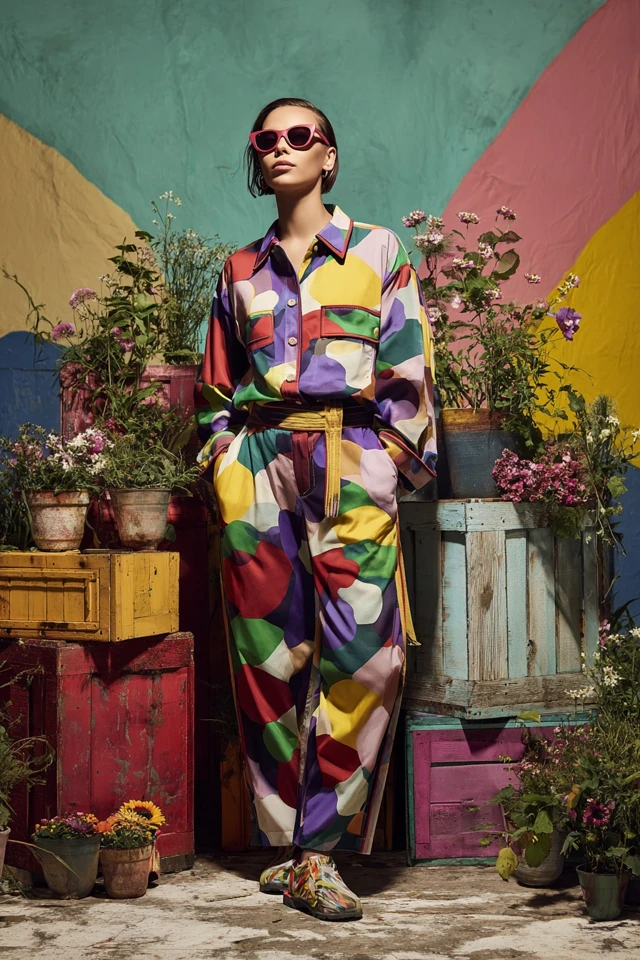
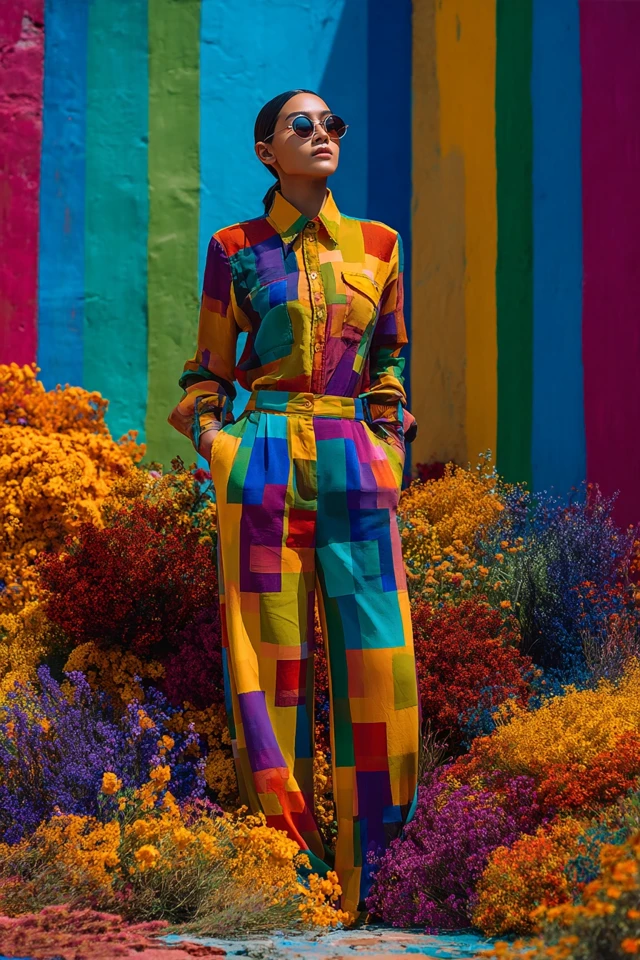
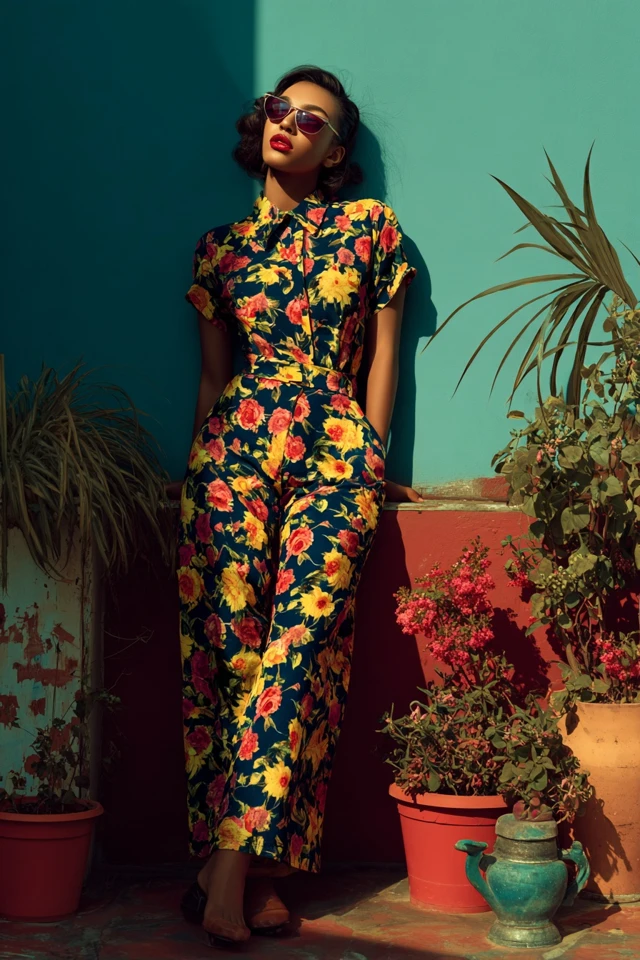
Color Psychology & Emotional Impact
Color psychology holds a key to understanding why vintage workwear appeals not only visually but emotionally. Workwear traditionally employs a palette dominated by muted blues, deep greens, earthy tans, and durable grays. These colors have a calming yet authoritative effect on both the wearer and observer. For example, the blue denim jacket often symbolizes loyalty and trustworthiness—qualities deeply rooted in the minds of consumers.
Studies of first impressions consistently show that people respond positively within seconds to colors that suggest stability and warmth. Wearing a cherry-red bandana or a mustard yellow vest—both classic workwear accents—can boost your mood and project vibrancy without overwhelming. This balance between subtlety and statement creates a nuanced emotional impact that supports confidence and social ease.
Moreover, the emotional resonance of vintage clothes extends beyond hues. The tactile familiarity of worn canvas or soft flannel speaks volumes about comfort and reliability. Psychologically, feeling good in your vintage workwear amplifies self-assurance, which in turn reflects in your posture, expressions, and interactions.
Suggested visual aid: Color swatch chart illustrating vintage workwear tones—“Denim Blue,” “Rust Brown,” “Olive Green,” “Charcoal Gray” (alt text: Vintage workwear inspired color palette including denim, rust, olive, and charcoal shades).
Personal Style & Body Type Considerations
Everyone’s body tells a unique fashion story, and vintage workwear can be adapted to flatter diverse shapes and complexions. Understanding fit, silhouette, and fabric texture enhances not just the look but how comfortable and confident you feel.
Silhouettes
- Hourglass: Balance workwear’s structure with tailored waist-coats or cropped jackets to highlight curves while retaining utility appeal.
- Rectangle: Add definition with cinched belts over oversized chore coats or layer with scarves to create dimension.
- Pear-shaped: Focus on sturdy tops—like chambray shirts—and lighter or tapered bottoms to elongate your silhouette.
- Apple-shaped: Choose A-line coats or straight-legged trousers to distribute focus evenly without bulk.
Fabrics
Since vintage workwear emphasizes durability, fabrics like heavyweight denim, canvas, and flannel work well for most body types. For warmer climates or delicate complexions, consider lightweight cotton blends or linen-infused workwear alternatives.
Hues to Consider
Identify your undertones to finesse color choices. Cool undertones thrive with shades like slate blue and forest green, while warm undertones glow in rust, mustard, and camel shades.
Personal Style Checklist
- What’s your preferred workwear garment (jacket, vest, pants)?
- Which colors resonate with your personality and skin tone?
- How does your lifestyle influence your fabric and fit needs?
- Are you comfortable layering to modify silhouette and style?
- Which accessories feel authentic to you—hats, boots, bandanas?
Current Trends & Timeless Classics
Contemporary fashion loves revisiting vintage aesthetics, and workwear’s rugged authenticity reigns as one of the most versatile trends. Currently, we see an emphasis on sustainable fabrics, oversized fits, and multi-functional garments rooted in workwear’s original utilitarian purpose.
Trending colors include deep olive greens, terra cotta, and faded indigo, which seamlessly mix with timeless classics like crisp white shirts, navy chore coats, and classic denim jeans. This intersection of trend and tradition creates a layered, adaptable style perfect for day-to-night wear.
For example, pairing a vintage denim jacket with sleek modern trousers and chunky leather boots achieves a balanced look that honors the past while updating it for today’s pace and polish. Layering classic workwear pieces with statement jewelry or bold scarves can also transform the utilitarian into distinctly personal expressions.
Practical Tips & Recommendations
Integrating vintage workwear into your daily wardrobe requires practical strategies for shopping, care, and styling.
- Where to Shop: Explore local thrift shops, vintage fairs, and reputable online retailers specializing in authentic or well-preserved workwear.
- What to Look For: Focus on sturdy seams, quality hardware (buttons, zippers), and minimal fabric damage. The patina of age adds character, but durability is key.
- Wardrobe Maintenance: Use gentle cleaning methods tailored for older fabrics; avoid harsh chemicals that degrade materials. Air drying is preferable to maintain shape.
- Layering Techniques: Combine heavier outerwear with breathable layers underneath. Consider using flannel shirts or lightweight knits as mid-layers for versatility.
- Accessory Pairings: Pair work boots with canvas belts, leather backpacks, and classic watches. Bandanas or caps can add both functionality and style.
- Color Combos to Try:
- Denim blue with camel tan and rust orange for a warm, grounded look.
- Olive green layered with charcoal gray and soft white for understated sophistication.
- Faded indigo paired with mustard yellow accents for a vibrant contrast.
FAQs
- Q: How do I find my signature color within vintage workwear?
- A: Start by identifying which shades make you feel most confident and energized. Experiment with classic workwear colors like navy, olive, or rust to see which best complements your personality and skin tone. Tracking compliments and your mood when wearing these colors can help solidify your choice.
- Q: Can I update my vintage workwear wardrobe on a budget?
- A: Absolutely. Thrift stores and online secondhand platforms offer affordable options. Focus on versatile basics that can be styled multiple ways. Prioritize quality over quantity to build a lasting collection without overspending.
- Q: How can vintage workwear fit into a capsule wardrobe?
- A: Vintage workwear’s neutral palettes and sturdy silhouettes make it ideal for capsules. Choose multifunctional pieces like denim jackets, chambray shirts, and cargo pants that mix easily with minimalist, modern staples.
- Q: What should I consider when layering vintage workwear for different seasons?
- A: Layer breathables like cotton or flannel under heavier pieces, swap heavier fabrics for lighter versions when warm, and use accessories like scarves or hats to add warmth without bulk during colder months.
- Q: How do I maintain the integrity of delicate vintage fabrics?
- A: Treat garments with care by hand washing in mild detergents, avoiding machine drying, and storing items properly to prevent stretching or damage. Professional cleaning can be a worthwhile investment for prized pieces.
Conclusion
Vintage workwear isn’t just a style choice—it’s a dynamic fusion of history, psychology, and personal empowerment. Through its thoughtfully aged fabrics and enduring colors, vintage workwear invites us to embrace authenticity while enhancing confidence and presence. Remember, fashion is a deeply personal form of communication. By experimenting with classic silhouettes and colors, you can create a wardrobe that speaks to both your heritage and aspirations.
I encourage you to step beyond trends and cultivate your unique vintage workwear story. Whether mixing old with new or layering textures and tones, every outfit becomes an opportunity to express resilience and creativity. I’d love to hear about your vintage finds and styling adventures—please share your thoughts, questions, and photos in the comments below. Don’t forget to subscribe for more insights on fashion, style, color psychology, and dressing to impress.

